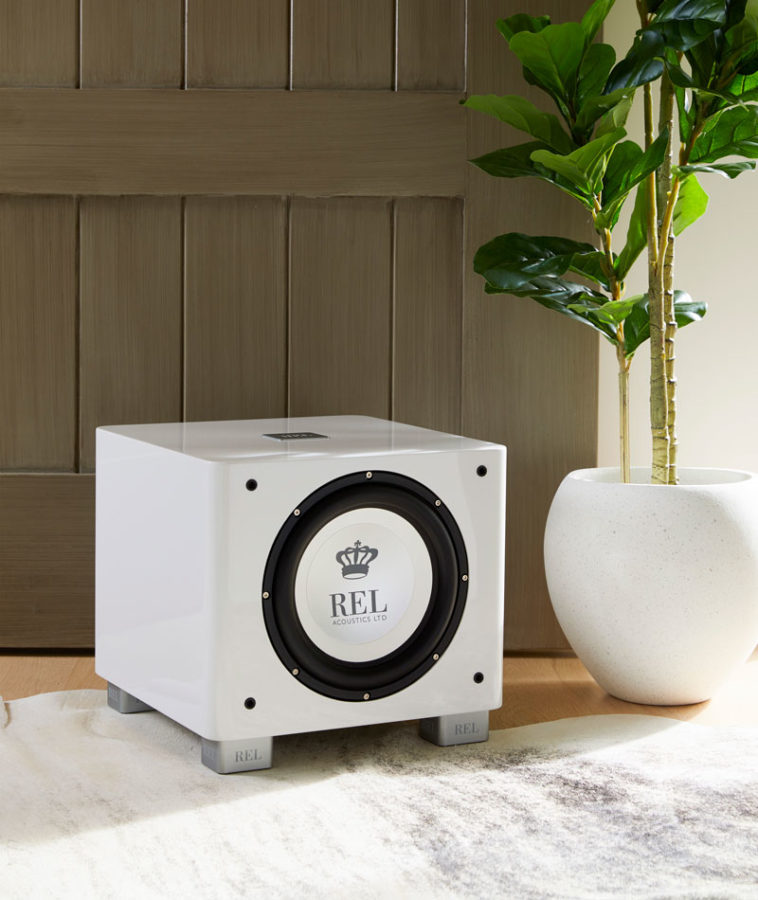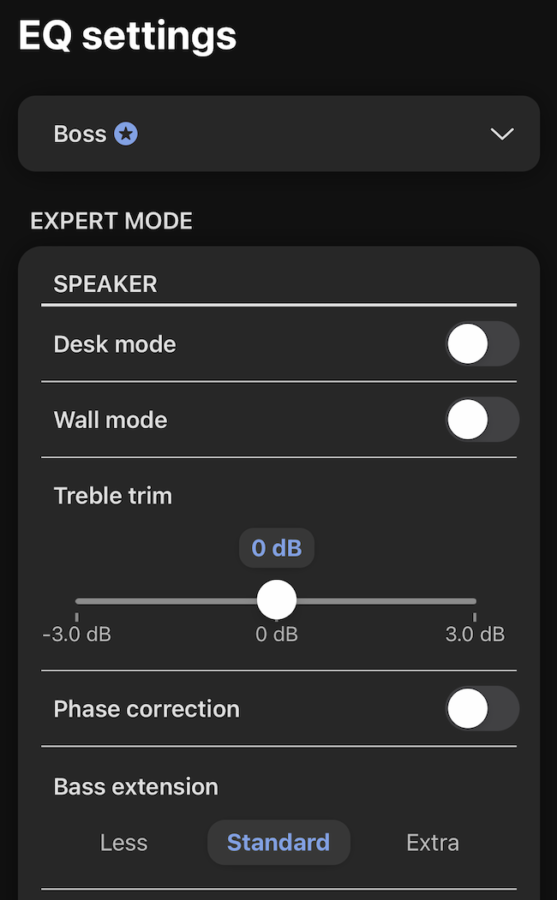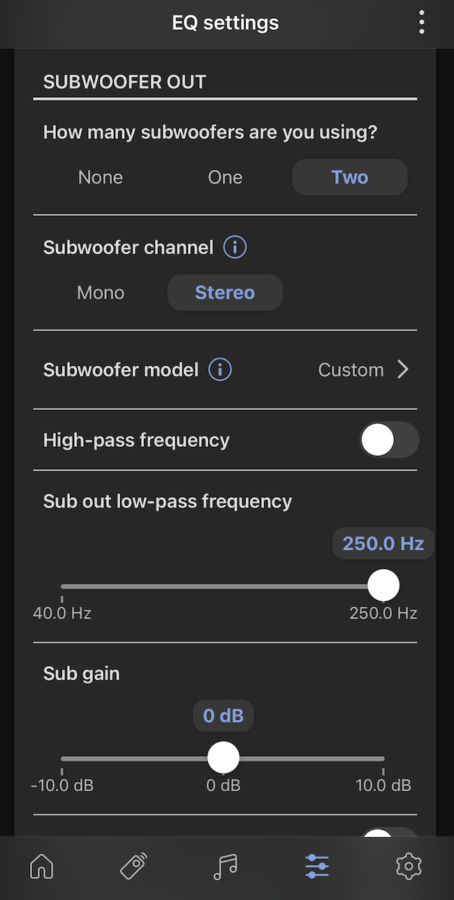Blog
Activate Your Active Speakers
Making KEF’s LS-50 Active Speakers Come Alive
Active speakers – those that have both power amplifiers and inputs built into the speaker’s cabinet – are becoming more popular. Driven in part by the Baby Boomer Generation’s onset of retirement, but also by millennials’ desire to have a simple yet space-efficient means of improving the playback of Bluetooth-connected iPhones, active speakers are beginning to come into their own.
Let’s take a look at one of the most successful active speaker designs, KEF’s LS-50 Active (their version II using the Meta driver is so similar that this review applies to that model as well, though minor nomenclatural details may vary). We asked our staff how to bring its sound quality to life by adding a modest REL, as well as how to properly set up the speaker’s menu to yield the best results. Thanks to our own Clay Parker’s efforts, and the kind assistance of Allan Haggar, now with Audio Research (but for 6 years, KEF’s backstop in the US), we’re able to share some of the tips and settings necessary to obtain great sound. A note: this setup applies to LS-50 Active speakers on affordable stands that are placed clear of walls.

Power to the People: Because Clay’s Dallas home features an open floor plan, we used a single REL T/9x as our partnering subwoofer, which features a sub/speaker blend that has real-world cred. Smaller rooms might be better off partnering with our slightly smaller T/7x and many customers rave about what stereo pairs of 7x units did for their systems. Before one starts trying to blend a REL with an active speaker like the LS-50 Active, it’s critical to get the speakers set properly. While delivering a tutorial on advanced speaker setup is well beyond the scope of a short article like this, suffice it to say that modern speakers are nearly ALL setup 8’ or more apart and require a significant amount of toe-in. A decent starting point on the LS-50 is to line up the inner sidewalls of the cabinets so that they converge at a point around 1’ (just under 1/3 meter) behind one’s head. Stands should be 28” tall.
What’s On the Menu? It’s important to start with a basic understanding of what we’re trying to accomplish. We need to get the LS-50s working better than they leave the factory and we need to open up the factory Bass Management to its widest frequency so that REL’s finely calibrated (around 2 Hz versus 40-50 Hz giant chunks in most bass management menus) crossovers can be put to good use.
Let’s dive into the menu of the LS-50 (you’ll need to enter their “Expert” menu.)
Briefly, there are two aspects of the images (below) to focus on:
1. Extending the LS-50’s bass response under Bass Extension. Choose either the standard or “Extra” options, but not “Less.” Extra appears to allow deeper extension but it comes with the caveat of reducing the headroom, making it more likely you can overdrive the speaker. Proceed with caution. If you’re unsure, select Standard.

2. Under the heading “Sub out low-pass frequency,” open up the KEF Bass Management Selections all the way to 250Hz. This will allow the broadest band of signal to pass through to your REL, achieving the broadest dynamic palette. Ultimately, this permits REL’s crossover to achieve an intuitive and rapidly acquired perfect balance whereby the subwoofer disappears into the speaker and vice versa.

REL tip: It can be somewhat confusing, when you’re asked to select Mono or Stereo, because “Mono” actually means that BOTH channels (i.e. stereo bass) are mixed into a SINGLE subwoofer output. Select this if you are using ONE REL. If you are using stereo PAIRS of RELs, please select “Stereo.” In this instance each REL will be fed its correct partnering channel (mono L to Left Channel sub and mono right to Right Channel sub) and the world can live in harmony again.
After a brief listen by Clay, after sorting through the comprehensive menu with Allan’s consultation, he reports that he was ableto obtain noticeably better, richer, and more involving from the LS-50 Actives on their own. This was especially true using the “Extra” setting. This allowed him to quickly dial in the REL beneath it, which transformed the performance of the system. The final balance began (LS-50 Actives using factory preset menu) as a thin, somewhat uninvolving mid-bass sound which improved noticeably by simply sorting out the top portion of the menu.
Finally, after setting the Bass Management properly (250Hz) and setting the crossover, gain, and phase on the REL, he was able to achieve the kind of sound that buyers dream of when they first set out to pursue the active speaker route. Huge improvements in dynamics and soundstage took place, as well as obvious (and massive) improvements in the low-end bass that one would expect. The most important thing to realize is that the whole system’s sound came together in that way that only REL delivers. We often say, “It’s not about the bass, it’s about the space.” – In other words, it’s the amount of a hall or studio’s sound that can be restored with RELs, that makes the music really come alive. Enjoy!










